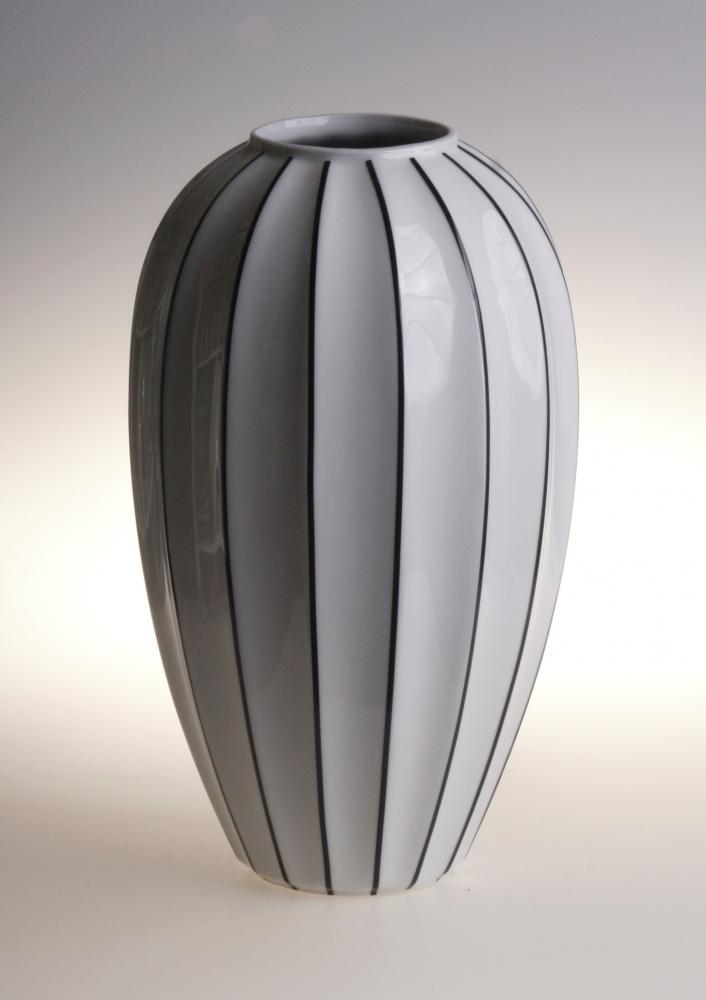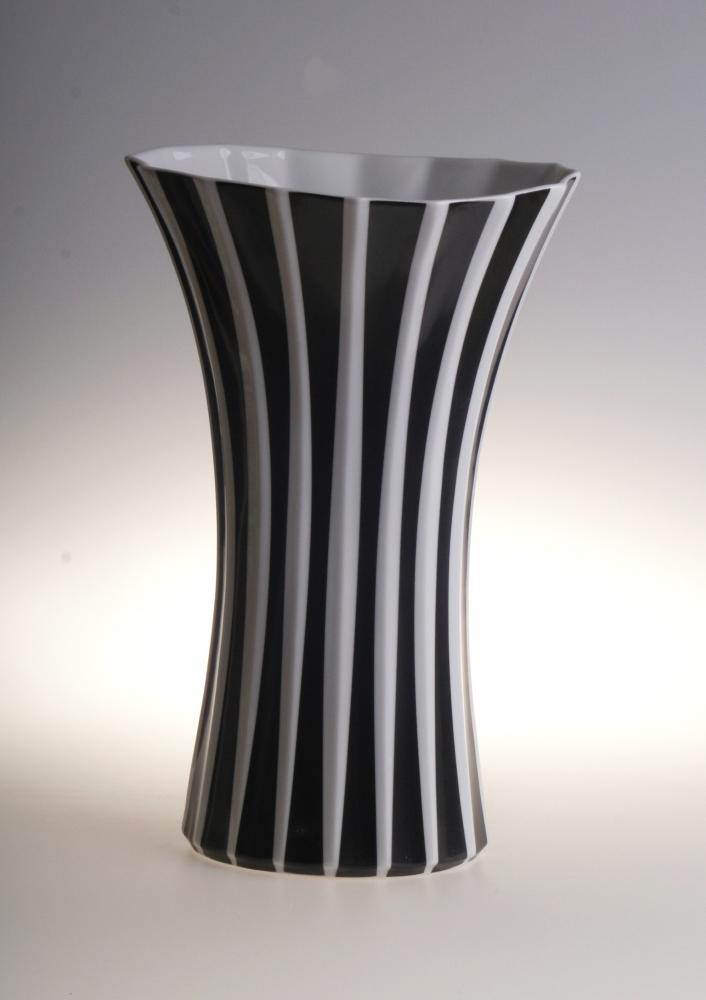
Neza Navajo Arrows, Hand Weaved Wool Pillow Cover
Pickup currently not available
🔖Super cute lumbar pillow that is also an accent piece in your living room, over your bed or in your office sofa, bringing up styles like southwestern, bohemian, Navajo or contemporary. This pillow is delicately made on waist loom machine. Artisans thread wool fibers one by one accomplishing amazing geometric shapes that mean so much to them historically and culturally. This pillow is 100% wool on it's front side and Mexican cotton cloth with zipper closure on the other and has four pompons on each corner.
🛋 We suggest using a 12 x 18 insert for a looser pillow and a 12 x 20 insert for a fuller pillow.
🌵 This pillow is from Teotitlan Del Valle community of Oaxaca Mexico. The elaboration of a wool cushion like this is a slow process that can take up to 2 days to finish!
📐 Check out matching pillows in other sizes:
🌱CARING GUIDANCE
Spot clean with damp cloth or dry clean
⭐WE ARE HERE FOR YOU
Feel free to contact us with any questions you may have!
🐶 You can find our Facebook:
and our Instagram
page for more photos, updates, projects, visions, dreams.
Tag us on your Instagram to be featured on our Instagram page!
Thanks for sharing Kante Decor’s mission.
💠🔰 A LITTLE MORE ABOUT THE WAIST LOOM :
The waist loom is a very old technique used by Mesoamerican cultures. At present, artisans continue to use this technique to make some of the pieces they use for their clothing as well as items and accessories for the home. This technique used in some communities of Oaxaca and Chiapas, consists of intertwining threads of any type of fiber in a wooden loom, tying them to a pole or tree on one side and to the waist of the craftsman on the other; and interconnecting perpendicularly other threads with chopsticks to give the finish to the weft of the fabric.
The elaboration of a wool cushion like this is a slow process that can take up to 3 days to finish!
Unfortunately, these ancestral techniques have been replicated with machines, removing the human element, in such a way that their production is greater in a shorter time. Naturally, this has repercussions for the original producers, creators of these crafts, because it is impossible to compete with the prices generated by cheap production.











